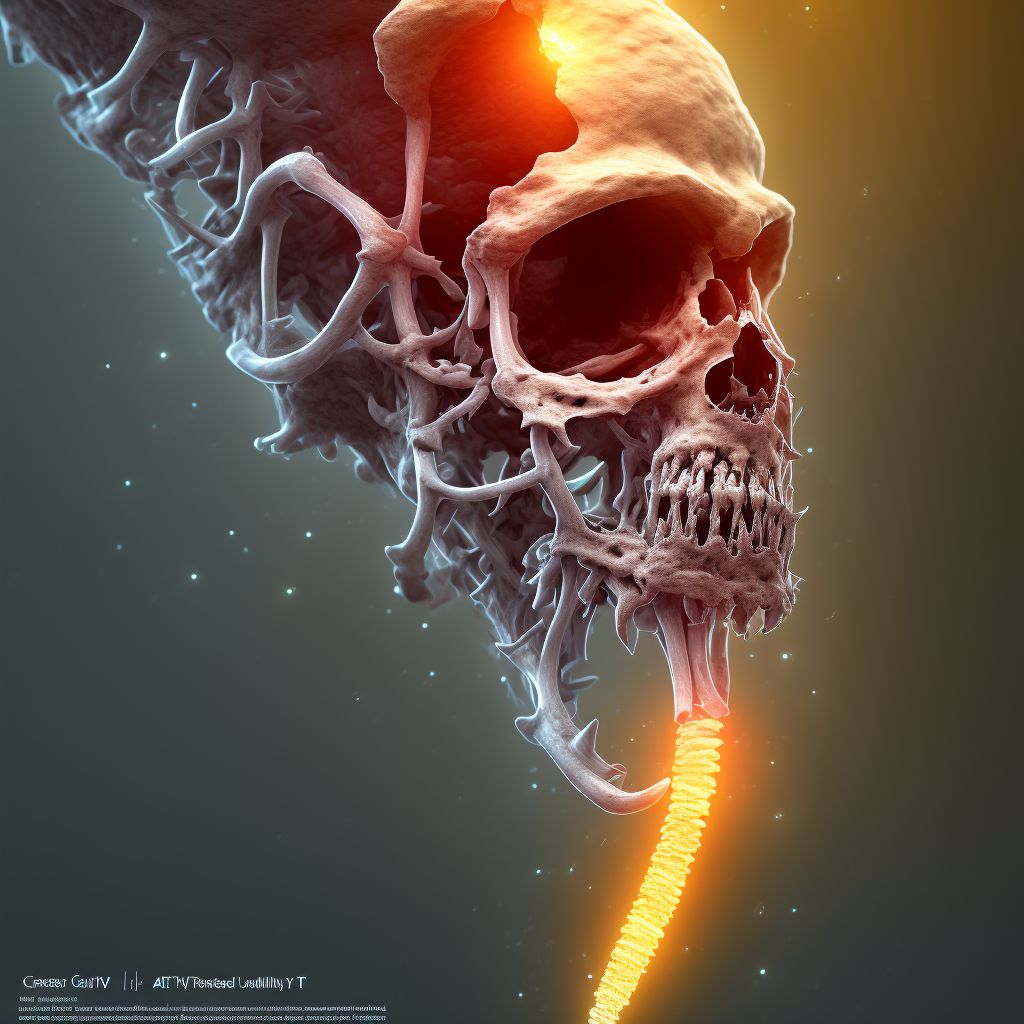
Unspecified fracture of lower end of left tibia, subsequent encounter for open fracture type I or II with malunion Save
ICD-10 code: S82.302Q
Disease category: S82.302: Unspecified fracture of lower end of left tibia
Understanding Unspecified Fracture of Lower End of Left Tibia: Open Fracture Type I or II with Malunion
An unspecified fracture of the lower end of the left tibia refers to a break or crack in the shinbone, specifically towards the lower part of the leg. This type of fracture is often encountered in medical settings as an open fracture type I or II with malunion. While treatment options for this condition may vary, it is essential to understand the nature of this injury and its potential implications.
Fractures of the lower end of the left tibia can occur due to various reasons, such as trauma, accidents, or sports-related injuries. These fractures can range from simple cracks to severe breaks, leading to an open fracture. Open fractures are characterized by the bone protruding through the skin or a wound that communicates with the fracture site.
A malunion refers to the improper healing of a fracture, resulting in misalignment or deformity. In the case of an unspecified fracture of the lower end of the left tibia, a malunion can occur if the bone fails to heal in its correct position. This can lead to complications such as pain, limited mobility, and difficulties with weight-bearing.
- Symptoms: Common symptoms of an unspecified fracture of the lower end of the left tibia include pain, swelling, tenderness, bruising, and difficulty walking.
- Diagnosis: To diagnose this condition, medical professionals may perform a physical examination, review the patient's medical history, and order imaging tests such as X-rays or CT scans.
- Complications: If left untreated, an unspecified fracture of the lower end of the left tibia can lead to long-term complications such as chronic pain, arthritis, and limited mobility.
It is crucial to seek medical attention promptly if you suspect an unspecified fracture of the lower end of your left tibia. A healthcare professional will evaluate your condition and recommend appropriate treatment options to ensure proper healing and minimize complications.
Remember to consult with a healthcare provider for a personalized diagnosis and treatment plan. This article provides general information and should not replace professional medical advice.
Treatment of Unspecified fracture of lower end of left tibia, subsequent encounter for open fracture type I or II with malunion:
Treatment Options for Unspecified Fracture of Lower End of Left Tibia
An unspecified fracture of the lower end of the left tibia, subsequent encounter for open fracture type I or II with malunion can be a challenging condition that requires proper treatment. It is essential to consider various treatment options to promote healing and restore the functionality of the affected area. ...
To see full information about treatment please Sign up or Log in